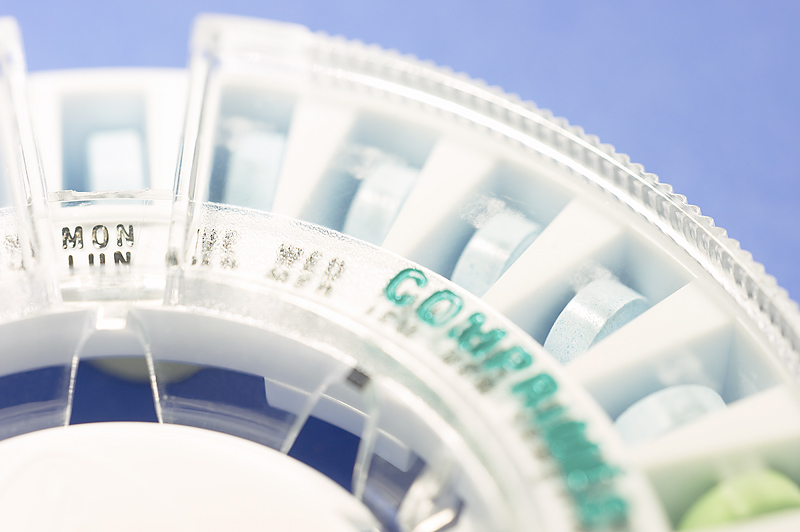
FRIDAY, July 18, 2014 (HealthDay News) — Only one in five sexually active U.S. teens has been tested for HIV, a new government report shows.
That percentage is concerning because teens make up a significant share of new HIV infections, researchers from the U.S. Centers for Disease Control and Prevention said.
“We know that one in four new HIV infections occur in young people ages 13 to 24, which is about 12,200 new infections per year in the United States,” said lead researcher Laura Kann, chief of the CDC’s school-based surveillance branch.
“We have too many kids in this country at risk of HIV infection and we have not enough kids tested for HIV, and we need to do more,” Kann said.
The CDC report, which looked at data from 1991 to 2013, is to be presented July 23 at the 2014 International AIDS Conference in Melbourne, Australia.
Given the number of teens infected each year, Kann is at a loss to explain why the HIV testing rate stays at 22 percent.
“It’s unclear why we have not been able to increase testing more than we have,” she said. “We do have evidence of increased complacency about HIV among teens.”
Kann thinks that because HIV can now be treated and is no longer a death sentence, teens may not be worried about being infected.
“Young people today were not around in the early days of the epidemic and did not see the havoc that it wreaked. And there is just not the same emphasis in our society there was previously, so some amount of complacency is there,” she said.
Kann said preventing HIV and making sure teens are tested isn’t just the responsibility of the CDC, but of communities and parents.
“It’s important that teens know about risks, know how to get tested and know how to prevent infection,” she said.
Another infectious-disease expert agreed.
“This is very concerning, but not surprising,” said Dr. Vivian Hernandez-Trujillo, an immunologist at Miami Children’s Hospital. “One of the things I speak to my patients about is, are they sexually active and are they using protection all the time. Since the reality is that they aren’t using protection all the time, it’s even more concerning that they aren’t getting tested.”
Hernandez-Trujillo added that teens need to take responsibility for themselves. “If you are responsible enough to engage in sexual activity, you are responsible enough to take care of your own health,” she said.
The CDC recommends that teens and adults aged 13 to 64 get tested for HIV at least once as part of routine medical care, Kann said.
The CDC researchers found that girls and black students were more likely to be tested than boys and other racial/ethnic groups. However, HIV testing remains too low among all teens, Kann added.
Although the number of black and Hispanic teens who have had sexual intercourse has dropped, that trend has stalled among whites and boys, the researchers noted.
In addition, there has been a consistent decline in the number of black and Hispanic teens who had multiple sexual partners, but this number increased among white teens since 2009.
And after years of increased condom use, that has dropped among sexually active girls and black teens, but is stable among boys and white and Hispanic teens, the researchers found.
Other highlights of the report include:
- Girls were more likely than boys to be tested (27 percent vs. 18 percent).
- Black teens (28 percent) were more likely to be tested than white (20 percent) or Hispanic (21 percent) teens.
- The proportion of teens who have had sexual intercourse dropped from 54 percent in 1991 to 46 percent in 2001, and remained stable at 47 percent in 2013.
- Since 1991, sexual intercourse among black teens declined from 82 percent to 61 percent, among Hispanic teens from 53 percent to 49 percent, and among white teens from 50 percent to 44 percent in 2013.
- The proportion of teens who had sexual intercourse with four or more partners dropped from 19 percent in 1991 to 14 percent in 2003, and has been stable since, at 15 percent.
- The proportion of sexually active teens using condoms increased from 46 percent in 1991 to 63 percent in 2003, but dropped to 59 percent in 2013.
The report is based on data from the CDC’s National Youth Risk Behavior Survey, which is a nationally representative survey done every two years among public and private school students in grades 9 to 12.
More information
Visit the U.S. Department of Health and Human Services for more on HIV/AIDS.
Copyright © 2025 HealthDay. All rights reserved.

